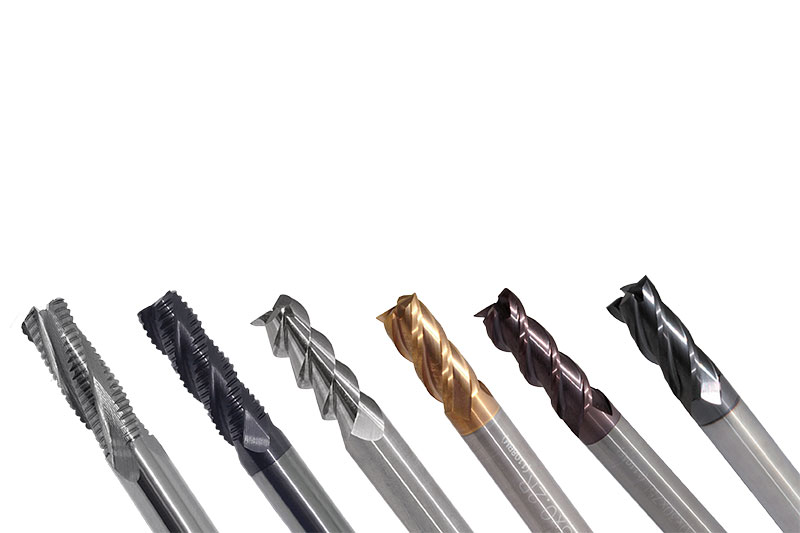Before we delve into the features of a high-performance end mill, it’s important to understand what the milling process entails. End milling refers to a type of milling process that engineers use to produce slots, die cavities, shoulders, contours, and other milling parts.
In an end milling process, engineers use an end mill, which is a cylindrical cutter. This milling cutter has several cutting edges on both its sides and tip. Therefore, it can do both peripheral cutting and end cutting. End milling is different from other machining processes based on the type of tool it uses for cutting materials.
End mills have different features that determine their operation and the result of their application. This article outlines the main features of high-performance end mills, which consumers can buy from end mill manufacturers in the USA.
Flutes
Flutes are the deep-spiraled grooves on the sides of an end mill, which allow for the formation and evacuation of the chip. They are the most noticeable parts of an end mill. Simply put, the flutes allow the end mill to cut on its edges. High-performance end mills have a higher flute count, which allows them to work on harder materials like steel.
Profiles
The profile is the shape of the cutting end of an end mill. It usually takes three options: corner radius, square, and ball shapes. High-performance end mills have corner radius profiles to enable them to distribute cutting force more evenly on materials. Alternatively, other end mills have square profiles with sharp corners located at a 90-degree angle.
Cutter Diameter
This is the first thing to check in an end mill. It refers to the diameter of the theoretical circle that the tool forms by its rotating edges during operation. Some terms could be technical for a layperson to understand. However, consumers can learn more about them from reliable end mill manufacturers in the USA. Overall, the cutter diameter is one of the first things to consider in an end mill.
Helix Angle
The helix angle of an end mill is measured by the angle formed between its centerline and the straight-line tangent it forms along the cutting edge. Helix angles could be higher, lower, or moderate.
High-performance end mills have a lower helix angle such as 35-degrees often used for sturdy, roughing applications. A higher helix angle enables the end mill to wrap around the tool faster and make an aggressive cut. Alternatively, a moderate helix angle such as 40 degrees is ideal for end mills that perform general-purpose work like slotting, roughing, or even finishing with good results.
Pitch
Pitch refers to the extent of radial separation between the cutting edges at a particular point along the length of the cut. It’s often visible on the last part of the end mill. For instance, a 4-flute end mill with an even pitch has each flute separated by 90 degrees. Some end mills have a variable pitch with non-constant flute spacing.
End mills are available from established end mill manufacturers in the USA. The features outlined in this article can get you started. Meanwhile, contact Suncoast Precision Tools to learn more about our wide range of products.





